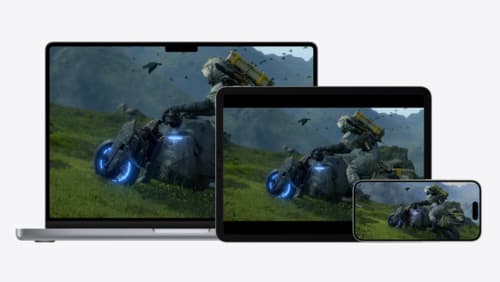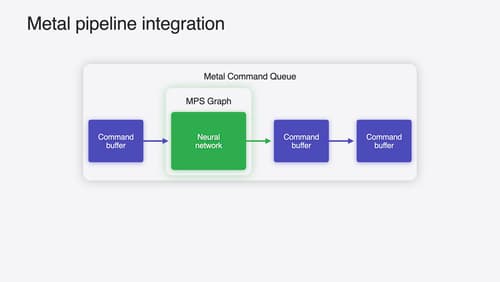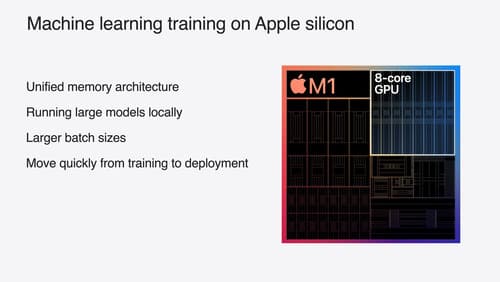what's new in Metal for 2024
Asked on 2024-07-30
1 search
In 2024, Apple introduced several new features and improvements to Metal, particularly aimed at enhancing the gaming and machine learning experiences on Apple platforms. Here are some of the key updates:
-
Metal Shader Converter:
- The Metal Shader Converter now supports all shader stages, including advanced ones like ray tracing and mesh shaders, as well as legacy technologies such as geometry and tessellation shaders. This tool significantly accelerates the porting timeline for games (Port advanced games to Apple platforms).
-
Unified Metal Shaders:
- Developers can now compile their shaders once and deploy them to both macOS and iOS, thanks to unified Metal shaders. This unification also extends to Metal device initialization, making the development process more straightforward (Port advanced games to Apple platforms).
-
Gameporting Toolkit 2:
- The updated Gameporting Toolkit includes improved compatibility with technologies like AVX2 and advanced gaming features such as ray tracing. It also adds highly requested API improvements to help DirectX developers port their existing graphics code to Metal (Platforms State of the Union).
-
Machine Learning Enhancements:
- Metal backends for popular machine learning frameworks like PyTorch, TensorFlow, and JAX have received significant performance updates. These include support for larger models and batch sizes, mixed precision training, and new data types like Pfloat 16 in JAX (Train your machine learning and AI models on Apple GPUs).
-
MPS Graph:
- Metal Performance Shaders (MPS) Graph provides low-level control over GPU synchronization and memory, which is particularly useful for constructing and running general-purpose compute graphs. This is beneficial for applications that need to sequence ML tasks with other GPU work (Accelerate machine learning with Metal).
These updates collectively enhance the capabilities of Metal, making it easier for developers to port advanced games to Apple platforms and leverage the power of Apple Silicon GPUs for machine learning tasks.

Port advanced games to Apple platforms
Discover how simple it can be to reach players on Apple platforms worldwide. We’ll show you how to evaluate your Windows executable on Apple silicon, start your game port with code samples, convert your shader code to Metal, and bring your game to Mac, iPhone, and iPad. Explore enhanced Metal tools that understand HLSL shaders to validate, debug, and profile your ported shaders on Metal.

Accelerate machine learning with Metal
Learn how to accelerate your machine learning transformer models with new features in Metal Performance Shaders Graph. We’ll also cover how to improve your model’s compute bandwidth and quality, and visualize it in the all new MPSGraph viewer.

Train your machine learning and AI models on Apple GPUs
Learn how to train your models on Apple Silicon with Metal for PyTorch, JAX and TensorFlow. Take advantage of new attention operations and quantization support for improved transformer model performance on your devices.
